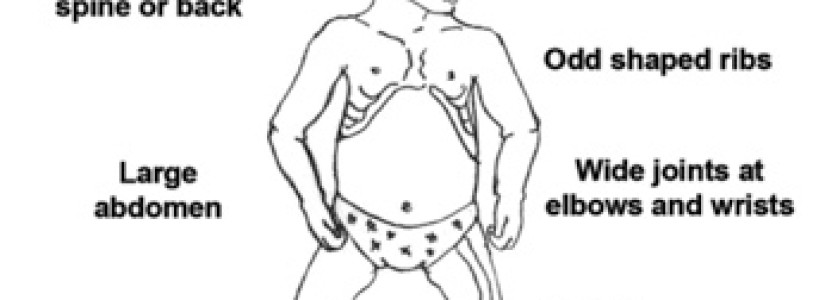CT- scan and MRI centers in Kathmandu
6 November, 2020CT- scan and MRI centers in Kathmandu...
Read More
Vitamin D Deficiency in Children
Dr. Saroj K Suwal,
Orthopedic Surgeon, Madhyapur Hospital.
Vitamins are needed to get grown properly in children. Different types of vitamins are need for the children form the womb to developing child for the proper growth and development. Among many vitamins, vitamin D is one of the vitamins that is unknown to many but is essential to children. Especially this vitamin helps bones grow and stay strong always. This vitamin is also called as Sunshine vitamin as it can be got easily from sunlight. Moreover, small amounts can get from some food sources as well.
Why children need vitamin D?
Children need vitamin D especially for bone growth and its development. So, it is needed to the babies from developing in the womb to adult and so on. The major role of vitamin D is helping in absorbing the calcium. Calcium are the major element for the building the bones and making the teeth strong. It also plays a crucial role in other systems of the body, such as the health and functioning of nerves and muscle tissue as well. Moreover, its important in regulating heart functioning, blood clotting mechanism, transmission of nervous system messages and perform several enzymatic functions. Vitamin D also appears to play a role in insulin production and immune function
Traditionally, vitamin D deficiency has been associated with rickets, a disease in which the bone tissue doesn't properly mineralize, leading to soft bones which later cause different skeletal deformities. Its deficiency also causes delayed motor development, muscle weakness, body aches, muscle cramp, pains, and fractures. If children don’t get enough vitamin D during pregnancy, their children might develop neonatal hypocalcemia (not enough calcium in the blood) or rickets during birth and later in childhood.
Different research suggests that vitamin D could play a role in the prevention and treatment of a number of different conditions, including diabetes, hypertension, glucose intolerance, and multiple sclerosis.
Vitamin D, Sunlight and Foods
vitamin D is produced by the body in response to skin being exposed to sunlight. Every child needs sunlight on her skin for her body to make vitamin D. we get about 80% of vitamin D by this way. Getting of vitamin D from sunlight depends a bit on our skin color. People with naturally very dark skin need 3-6 times more sun to make vitamin D than the amount fair-skinned people need. So, children with fair skin need less time of sunbath than the darker skinned people.
Some portion of vitamin D can be got from food but it might not be enough for the overall body. Foods naturally containing vitamin D include fresh fatty fish, liver, some mushrooms and egg yolks, Spinach, Soybeans, White beans, low-fat dairy product and breakfast cereals.
Who have risk for vitamin D deficiency?
Children who are vegetarians, vegans, and children who simply don’t drink vitamin D fortified cow’s milk, soy milk, or almond milk, etc., or other foods that are high risk for deficiency. Moreover, those children are more susceptible for the deficiency of vitamin D are as follows
Children with less vitamin D may have following symptoms
How we can get Vitamin D?
Guidelines from the Institute of Medicine increased the recommended dietary allowance (RDA) of vitamin D to 600 international units (IU) for everyone ages 1-70. so, At least 400-600 IU of vitamin D each day needed but it can be depending on their age. Breast milk is the best source of nutrients for infant babies. They should have sunbath so as to get the adequate vitamin D. Also, Daily vitamin D requirement can be providing foods that contain vitamin D such as salmon, egg yolks and fortified foods. If there is very less vitamin D, Vitamin D supplement can be taken which should be taken under guidance and consultation of related doctor.
Leave a comment